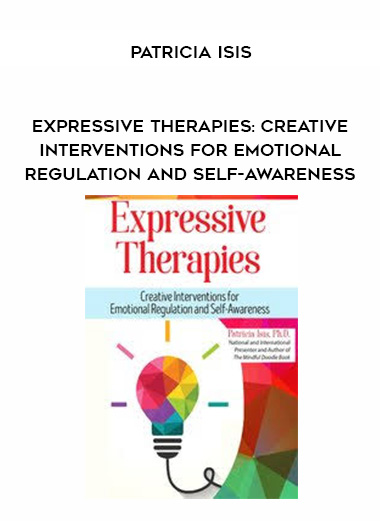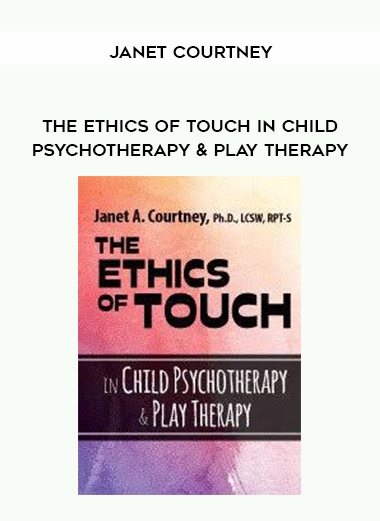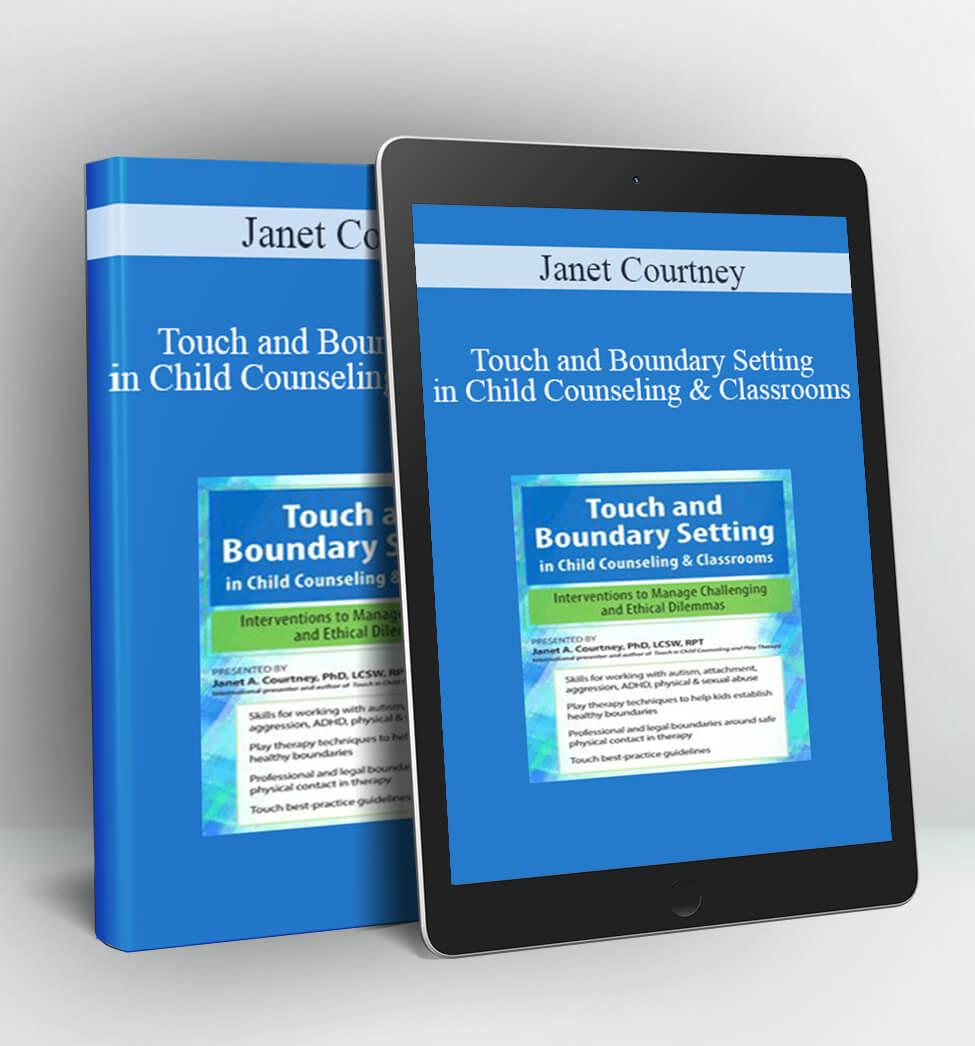EXPRESSIVE THERAPIES: HEALING TRAUMA THROUGH PLAY, ART, MOVEMENT & STORYTELLING – JANET COURTNEY
Expressive Therapies can:
- Enhance client’s ability to communicate effectively and authentically
- Overcome client resistance and build upon inner resiliency and strengths
- Reframe trauma experiences, increase self-regulation, and connect to a mind-body awareness
- Provide clients hands-on interactive experiences to heal from abuse, neglect, domestic violence and more
Janet Courtney, Ph.D., RPT-S, author and internationally recognized storyteller brings over 30 years of experience working with clients through expressive therapies, and will share a variety of expressive therapy interventions that you will be able to incorporate into clinical practice. Play, art & clay therapy, movement/dance/music, storytelling and nature are just some of the expressive therapies that Dr. Courtney will teach you in this recording, bringing you tools that can transform a client’s attachment related trauma, trauma associated with physical and emotional crises (abuse, neglect, domestic violence, natural disasters, among others). Expressive therapies can also provide clinicians a new and unique way to teach clients self-regulation skills to calm anxiety, focus attention, and overcome depressive states.
In this skill enriching training, you will learn therapeutic techniques that can empower your clients to:
- Build resiliency
- Reframe their trauma experiences
- Increase self-efficacy
- Self-regulate emotions
- Build a sense of control
- Connect to mind-body awareness and nature
- Enhance interpersonal relationships
- Take action beyond the therapy session to heal
- Determine the neurobiological and clinical implications of using play and art therapies with clients.
- Describe how expressive therapies can reframe a client’s trauma experiences, increase self-regulation, and connect to a mind-body awareness.
- Articulate a minimum of three ways to assist clients in developing innner resilience, courage, creativiety and tenacity to reduce trauma symptoms.
- List the seven steps a clinician would take to create and design multi-sensory theraputice storytelling for a theraputic session.
- Appraise the ethical implications of using play and art therapies in clinical practice.
- Articualte how to intergrate clay and drawings into clinical practice to promote a positive sense of identity and self-worth in clients.
The Right-Brain—Home of the Expressive Self
- Advances in neuroscience
- Integrating rational and emotional brain processes in trauma
- The Expressive Therapy edge to heal trauma
- Engage the sensory self: touch, visual, listening, smell
- The therapeutic alliance—creating a foundation of empathetic compassion, safety, and trust
Assessing & Healing Trauma through Drawing Art Processes
- Tapping into right brain processes—the drawing speaks louder than words
- Overcome resistance and build safety and trust
- Draw upon the resiliency of humor
- Assessment individual and of family resiliency and strengths toward treatment planning and intervention
Healing Trauma through Song, Movement, & Dance
- Promote mind-body awareness and overcome resistance
- Cultivate interpersonal connections and a sense of safety & trust
- Release trauma, cultivate mind-body awareness through a sense of a “felt-self”
- Build a sense of self-worth through interpersonal connection with others by being “heard”
Releasing & Healing Traumatic Experience through Clay
- Promote a sense of identity and self- worth
- Create a sense of safety, boundaries & containment
- Cultivate mindful attention and multi-sensory awareness
- Release unexpressed emotional and somatic trauma (anger, frustration, depression, grief, loss, loneliness, confusion)
Therapeutic Storytelling to Reframe the Trauma Narrative
- Growing self-confidence through tapping the “Storyteller Within”
- Release unexpressed trauma through raw writing
- Create therapeutic stories for children and adolescents through the Child Interview
- Storytelling Grid ~ (building blocks of creating therapeutic stories):
- Build skills of self-regulation, resiliency, and reframe the trauma story
Nature as Co-therapist in Overcoming Trauma
- Create healing metaphors from nature
- Learn simple ways to bridge nature into the therapy room
- Overcoming trauma through “stepping stones to resiliency”
- Build self-regeneration and heal trauma through nature-based rituals of healing
- Cultivating mindfulness in nature—plan a nature therapy field trip
Ethical and Clinical Considerations
- Ethics of expressive therapy interventions
- Informed consent
- Countertransferences
- Issues related to touch and boundaries
- Create client action plans to bridge therapy work into daily-life experiences
Tag: Expressive Therapies: Healing Trauma Through Play, Art, Movement & Storytelling – Janet Courtney Review. Expressive Therapies: Healing Trauma Through Play, Art, Movement & Storytelling – Janet Courtney download. Expressive Therapies: Healing Trauma Through Play, Art, Movement & Storytelling – Janet Courtney discount.









